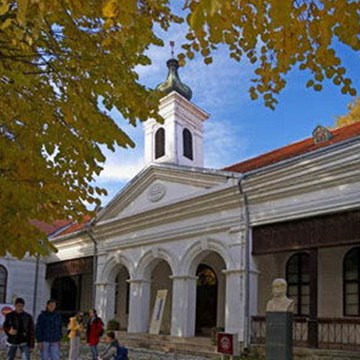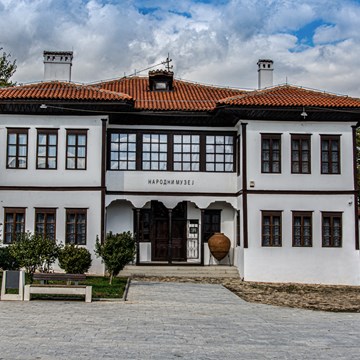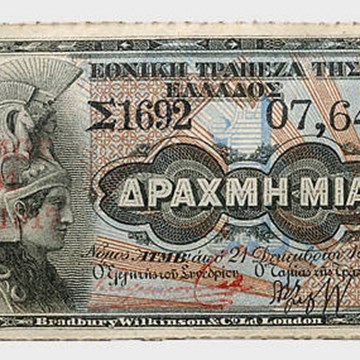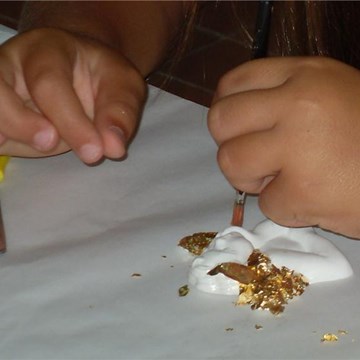National Museum of Ireland – Natural History
Follow in the footsteps of famous Scottish explorer Dr. David Livingstone who opened the National Museum of Ireland – Natural History in 1857. Galleries of animals from Ireland and overseas, also geological exhibits from a total collection of about 2 million scientific specimens.
The Natural History division cares for the state collections in the disciplines of zoology and geology. The botanical collections of the Museum were transferred to the National Botanic Gardens in 1970.
The Natural History collections comprise approximately two million specimens. The largest of the collections, in terms of numbers, is the extensive insect collection, which accounts for approximately half of all specimens. As with all of the natural science holdings of the Museum there is a surprising amount of material from outside Ireland. Much of this is a legacy of the 19th Century British Empire, when Dublin was one of its most significant and populous cities, and Irish scientists and keen amateurs staffed the largest navy in the world and were involved in numerous expeditions to far away places.
The early origins of the collections in 1792 and the nature of science in the 19th Century have ensured that the division holds a significant proportion of type specimens in zoology and geology. Such specimens are the individual examples of particular species of animals or fossils, which are used by scientists from all over the world when they encounter similar species and wish to establish their true identities.
The collections are used as a reference resource by staff and research visitors, and play an important role in the identification of specimens such as insect pests that may have considerable economic significance. Staff carry out field work, publish their own research and assist visitors who are also involved in scientific publications. Time is also spent acquiring new examples of the Irish fauna through regular fieldwork.
Exhibitions and events
We don't have anything to show you here.
Educational programs
We don't have anything to show you here.
Collections
We don't have anything to show you here.














